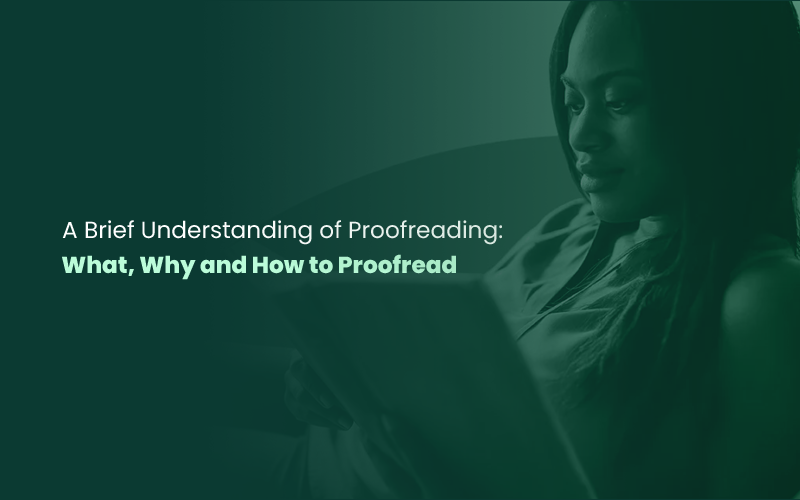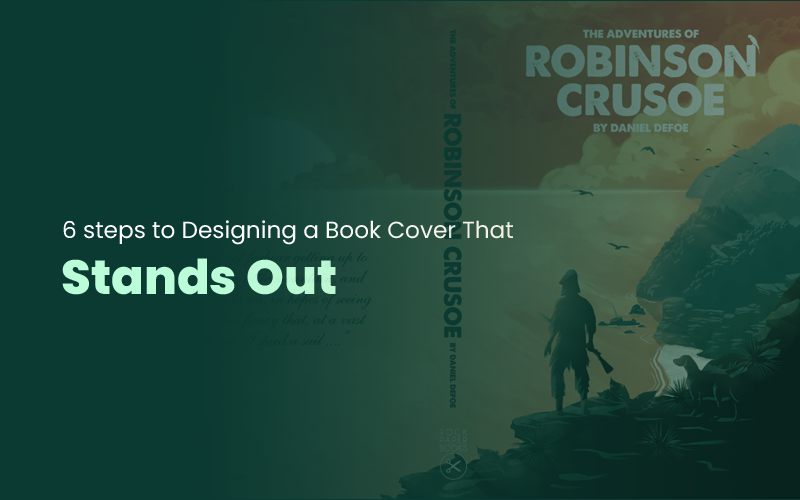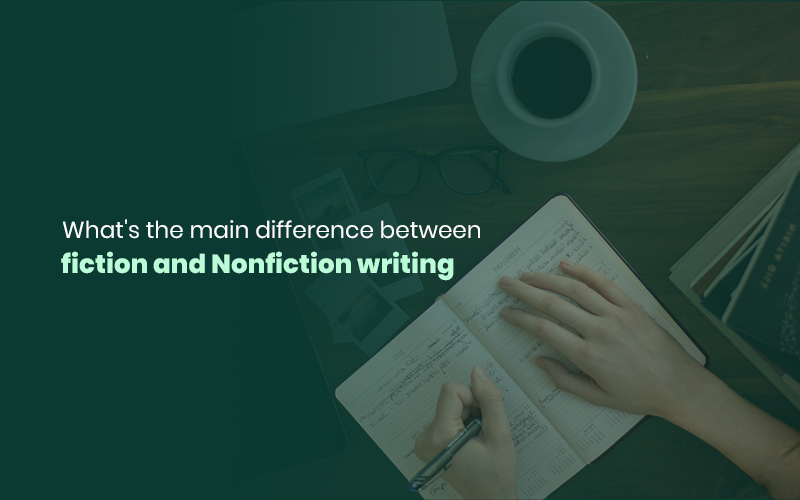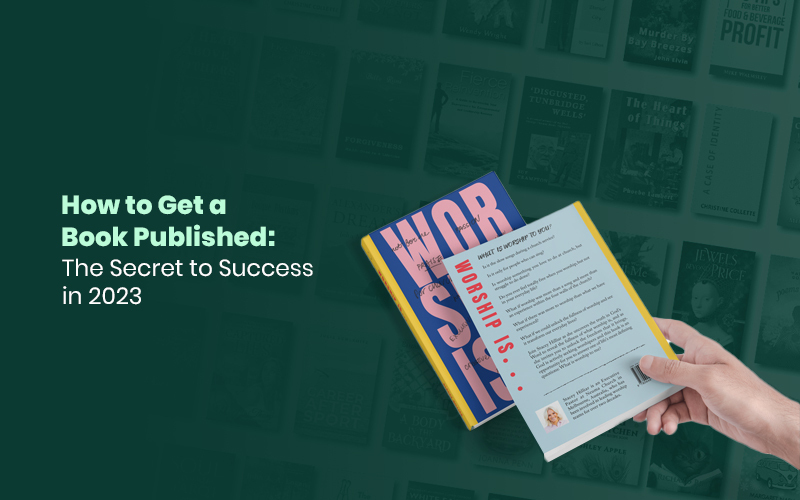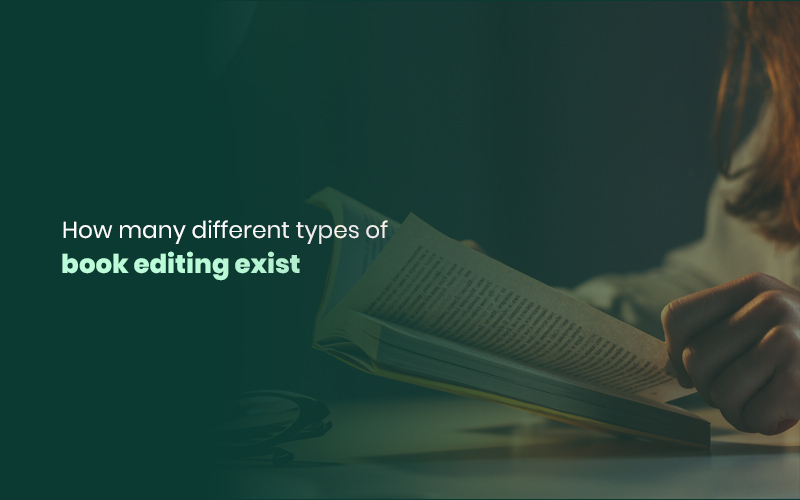
Navigating the world of book editing can feel like exploring a vast,
uncharted territory. But fear not because we're here to be your compass.
Whether you're a first-time author or a seasoned novelist, understanding
the different types of book editing is crucial to your writing journey.
From developmental editing that refines your story's structure to copy
editing that polishes your grammar, every kind uniquely transforms your
manuscript into a masterpiece. This comprehensive guide demystifies the
various book editing services, helping you
understand their importance and how they can elevate your writing. So,
let's dive in and uncover the secrets of book editing that can take your
manuscript from good to unforgettable.
Understanding the Importance of Different Types of Book Editing
Every great novel begins with a rough draught. When a writer starts writing
a book, the easiest part is writing their thoughts on paper. The true
struggle begins: taking a haphazardly organised tale and transforming it
into a grammatically correct, logical publication. Book editing polishes
your work till it is suitable for public publication.
Book editing is a necessary stage in the publishing process that ensures
work is polished and ready for publication. There are various forms of book
editing, each with a specific aim and addressing a distinct component of the
work. This article will examine the many types of book editing, such as
developmental editing, copyediting, and proofreading.
Types of Book Editing
When a publisher is preparing a book for publication, the manuscript will
undergo three key editorial stages:
• Developmental editing
• Copy editing
• Proofreading

Fundamentals of the Development Editing
The initial stage of editing a book is often a developmental edit (also
known as manuscript evaluation, content editing, substantive editing, etc.).
Editing of this kind examines the document as a whole, from its structure
down to the smallest details.
Some writers who are having trouble getting their tale down seek the
assistance of a developmental editor since this kind of editing may be done
before the complete book is finished.
A developmental
editor will read your complete manuscript and provide a
comprehensive overview (an editorial report) of its strengths and
weaknesses. A developmental editor will look for one-dimensional
protagonists and antagonists, story flaws, chaotic scenes, insufficient
suspense, and unclear motives. What's functioning well will be highlighted
in the editorial report so you know what to retain.
You'll also get an annotated version of your work with the report, providing
a more in-depth look at their suggested changes.
When is a development editing service required?
This amount of editing isn't necessary for every writer. If you've got faith
in your story's basic structure, characterisation, and writing, you may not
require a developmental edit.
However, you may benefit from this editing criticism if you feel something
isn't working, are constantly rearranging scenes, or are having trouble
figuring out what the story's about.
In addition, a developmental editor is helpful for novice authors since they
act as both a teacher of effective writing practises and an editor.
Copy Editing
The second stage of editing is called copy editing. The
copy editor must correct any typos and grammatical mistakes at the line
level in the document. The copy editor is crucial in ensuring a text is
consistent throughout.
Tracked changes and comments are standard tools for a copy edit. The copy
editor's job is to examine the document and fix any mistakes they find.
After considering these recommendations, the writer will adopt or reject
them.
Before beginning copy editing, two crucial decisions must be made: language
and style guide.
Depending on the author's preference, books written in English may be
released in either the British or American varieties. The copy editor's
first order of business will be to consult with the author on the preferred
type of English for the manuscript. One of the marks of a competent copy
editor is the ability to move seamlessly between British and American
English.
The second crucial choice concerns the use of style guides. These guides
detail the proper structure, organisation, and presentation of sentences. A
style guide may specify that numerals be written as words (ten) rather than
digits (10).
Several style guides exist, and they all take somewhat different approaches
to sentence structure.
The two most essential style guides for American English are the Associated
Press Stylebook and the Chicago Manual of Style. Before starting the copy
edit, the copy editor will express a preference, which will then be debated
with the author. The writer usually doesn't care which style guide the copy
editor uses, so they may choose whatever one they're most familiar with or
the one their employer recommends.
It's a little more complicated if you're writing in British English. Neither
the Associated Press nor the Chicago Manual of Style has a generally
acknowledged British equivalent. Oxford Guide to Style (previously Hart's
Rules) is the standard reference for copy editors (the University of
Oxford's website also has an online style document, albeit not as thorough
as the book).
House style guidelines are another aspect of style manuals to think about.
Some copy editors and traditional publishing houses also provide house-style
guides that might be helpful. They supplement standard style guides by
ensuring uniformity across different publications or providing a "ruling" on
technical matters that the style guide does not cover.
An important point to remember is that no editing will eliminate the
possibility of inaccuracy in a text. This is true even for manuscripts only
through one copy editing round. However, A copy edit should eliminate at
least 95% of the problems.
When do you require copy editing services?
Copyediting is a necessary step for each published publication. All authors
and writers may benefit significantly from this particular kind of editing.
It's easy to fool ourselves into thinking that we never make any errors (or
always detect them by the fourth, fifth, or tenth draught). To put it
simply, we have no idea. Copyediting is essential before releasing anything
to the public.
It is essential for readers and authors alike to be able to distinguish
fiction from Nonfiction. It not only allows us to delve more deeply into the
realm of words but also helps us appreciate the variety and depth of
literature. Both fiction and Nonfiction have something to offer readers,
whether it's the objective truth and information of reality or the
imaginative escape and recreation of fiction. Accept the potential of
language, and set off on a literary journey tailored to your interests and
goals.
Proofreading
The editing procedure is complete after thorough proofreading. After a
manuscript has been through developmental and copy editing, it is called
publication-ready. The manuscript is now in its final stages of preparation
for printing. Proofreading aims to fix any mistakes made in the book before
it was published.
In conventional publishing, a Word document is often used for the authoring,
developmental, and copyediting phases. The book, however, cannot be printed
from Word; instead, it must be converted to a print-ready PDF. Because of
this, the text will need to be extracted from the Word file and transformed
into a new format. This is often accomplished with the help of InDesign;
however, Affinity Publisher is gaining ground. Due to its complexity, making
mistakes in this design process is simple. Added images may obscure
previously visible text, for instance.
The proofreader must catch any mistakes that may have slipped through the
cracks. The proofreader would mark the printed pages with a highlighter to
show where the errors were. This work requires a lot of expertise and
patience.
Thanks to advances in technology, proofreaders now have more work to do.
Books destined for e-readers like the Kindle
need a format change into ePub or mobi file types. There is a significant
risk of introducing additional problems in this procedure, as there is when
converting to print-ready PDFs. A proofreader will check the converted files
to ensure no mistakes were made.
A word of caution, however. It's common for authors to make mistakes
proofreading with copy editing. You should not use these two words
interchangeably. The copy editor and the proofreader are two distinct but
related kinds of editors.
Why is proofreading required?
Proofreading, like copy editing, is essential for 99 percent of writers.
Some writers manage to proofread and edit their work without help, but they
are the exception rather than the rule. You are too familiar with the book
to make an impartial judgement; thus, a professional proofreader should
handle this.
Many self-published writers give electronic or physical copies of their
books to a select number of readers in return for feedback on the text. This
is an economical approach. Even if your proofreaders aren't skilled editors,
they should be able to spot most of your text's errors.
How to Choose the Right Book Editing Services
The first step in choosing a book editor is determining what kind of editing
assistance you'll need depending on the current state of your work and your
long-term objectives as a writer. Find out whether your book needs
developmental editing to strengthen the story's framework and pacing, copy
editing to correct any linguistic or spelling errors, or to proofread to
ensure everything is in order. You can select a la carte editing services or
a customised bundle tailored to your needs.
Finding a competent editor who is well-versed in your field or writing style
is essential for a high-quality final product. Find editors who have the
right mix of expertise, experience, and praise, and then hire them. To
determine whether they are a good fit for your business and communication
needs, it is advisable to request trial edits or consultations.
Open communication and working with your editor are crucial to getting the
desired outcomes. Be transparent about what you want to accomplish in your
writing, provide any context that could be helpful, and welcome criticism
and advice. Your ideas will be heard and executed properly if you contact
the editors often.
Conclusion
Editing services for books are an essential resource for any author hoping
to have their work published. You may trust them to take your writing from
rough draught to polished masterpieces. Using the numerous editing processes
available, you may improve your book in many ways, from its overall
structure and story to its language and presentation. These services will
help you become a better writer, raising your chances of attracting an
audience and earning their trust as a published author.
Before settling on a book editing service, it's essential to take stock of
your requirements and search for a qualified editor familiar with your
chosen genre and writing style. By communicating with and accepting comments
from your editor, you may work together to realise your vision while keeping
your work true to its original intent.
It takes more than a good narrative to be published, so keep that in mind.
Spending time revising your book is an investment in its future success.
Using professional book editors shows that you care about making your work
the best it can be, which can help you get noticed in the crowded publishing
industry.
Get the most out of your writing by teaming up with expert editors who can
lead you through editing, illuminating key ideas and helping you discover
your work's real potential. Take advantage of professional book editing
services, and you'll be well on your way to writing a masterpiece that will
stay with readers long after they've finished reading.

